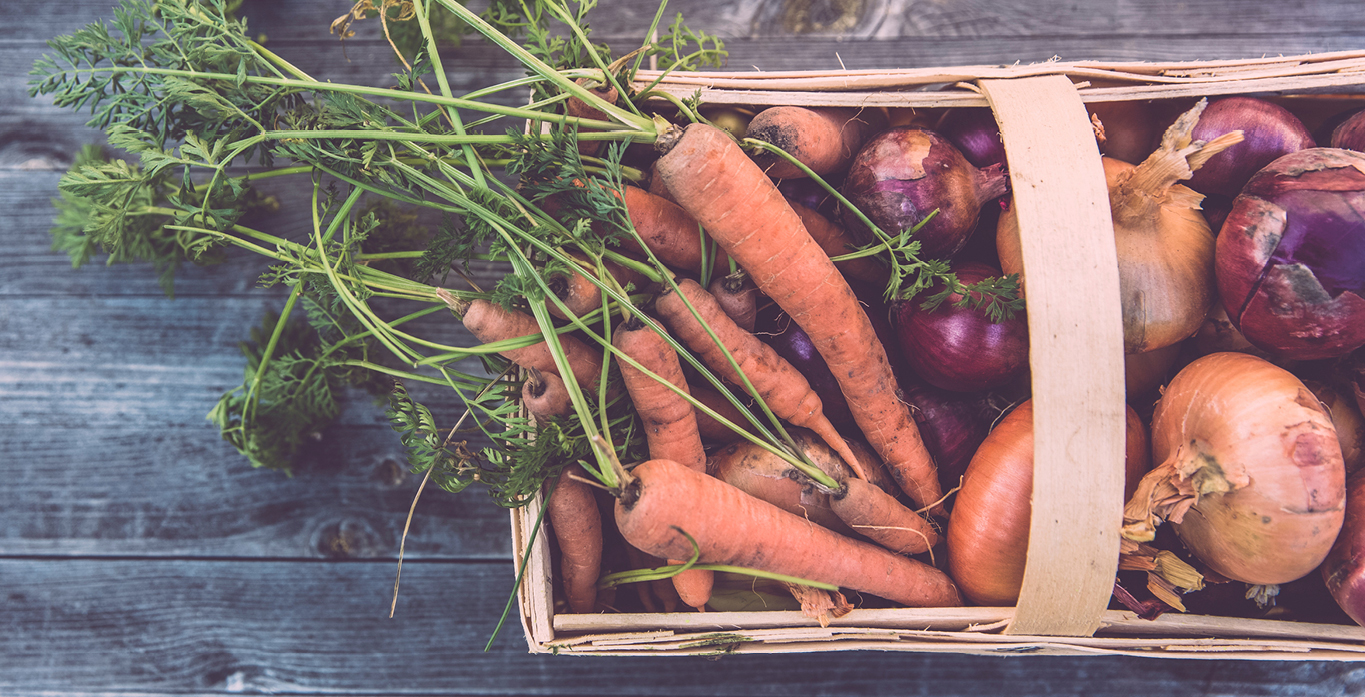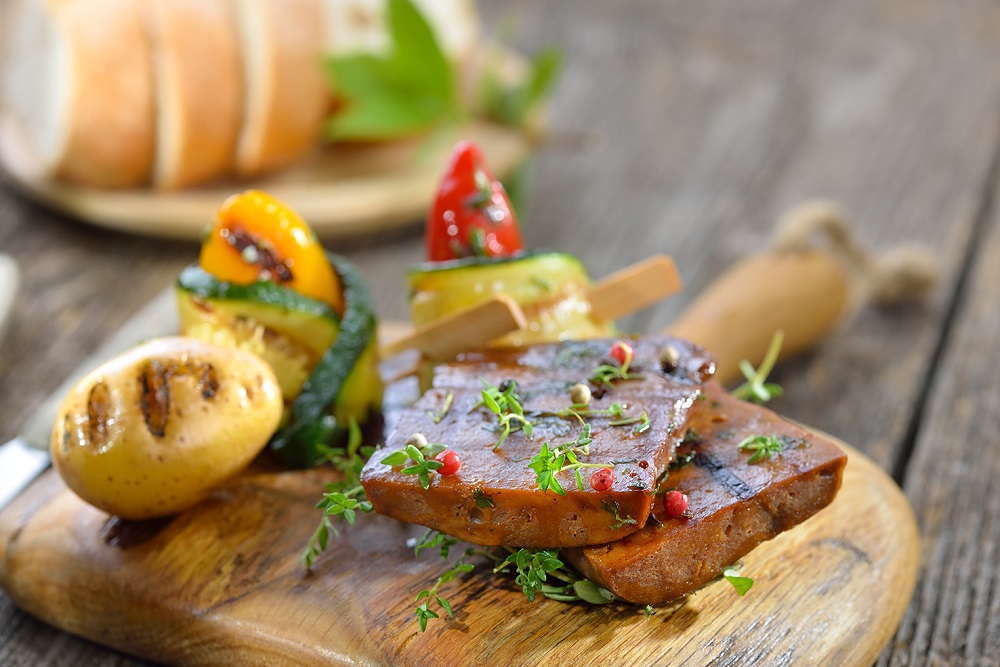The Rise of Plant Based Eating
Food | 9th May 2017
There is no denying that the number of people eating a plant-based diet is increasing globally. Experts have been forecasting vegetable trends for the past couple of years as part of the annual food trends report. Chefs are using vegetables as stars of their menus, rather than accompanying side dishes. Many consumers are choosing to eat as vegetarians and vegans for reasons like sustainability and health, which is escalating the demand for high quality produce that is good, clean and fairly sourced and grown.
According to the consumer research group Mintel, the value of meat-free food sales in the UK rose from £543 million in 2009 to £657 million in 2014. Interestingly it’s not just vegetarians and vegans buying this vegetarian food; more non-vegetarians are now showing interest in this growing food category too. There are increasing numbers of people dabbling with a vegetarian/vegan diet, albeit part time. These people have been dubbed ‘flexitarians’ – those who eat meat occasionally and carnivores who are trying to cut back on meat.
Plant Butchery
The invention of plant butchers stems from the growing trend of plant-based eating. So-called vegetarian or vegan butchers are popping up across the globe, selling products that mimic meat, but contain no animal flesh at all. Their counters, packed full of chicken, ham, meatballs, minced beef, steak – even seafood – all of which purportedly look, feel and taste like the real deal, are actually made from plant protein.
The market for meat substitutes is projected to hit nearly $6 billion by 2022, according to MarketsandMarkets, a research firm. Vegetable butchers represent the high-end of the business, artisans trying to build on the culinary traditions of butchery.
Meat substitutes are nothing new of course. Everyone is familiar with Quorn products for example, and veggie patties made from soy-based protein and wheat gluten have been around since the 1960s – their texture is vaguely similar to that of meat. But the new generation of meat analogues that have emerged are better and more successful than their predecessors. These new meat-free products that mimic the fibrous, juicy texture and taste of real flesh are created not only from soy and gluten, but also peas, chickpeas, lupins, rice, maize, canola, beets, courgettes, carrots, mushrooms and even bacteria.
Seitan (pronounced say-tan) is another protein-rich meat substitute that is high on the list of popular ingredients. Similar to the way tofu is sometimes used in vegetarian cooking, many vegetarian and vegan recipes call for seitan as a meat substitute. It can be made using vital wheat gluten by rinsing away the starch in wheat, leaving a high-protein gluten behind. Its popularity comes down to its texture, more so than its taste, especially when compared to other alternatives, such as tofu or tempeh, which don’t really have a meaty texture at all.
From May 15th to 18th, Musgrave MarketPlace will be hosting Vegetable Week to discuss the rising trend of vegetables in the kitchen and plant-based eating. Vegan butcher cooking sessions will be taking place from Monday to Thursday between 11am and 4pm in the Ballymun branch, where customers can sample vegan butcher products and experience the trend first-hand. Check out the Musgrave MarketPlace Ballymun events calendar for more information about upcoming events.





